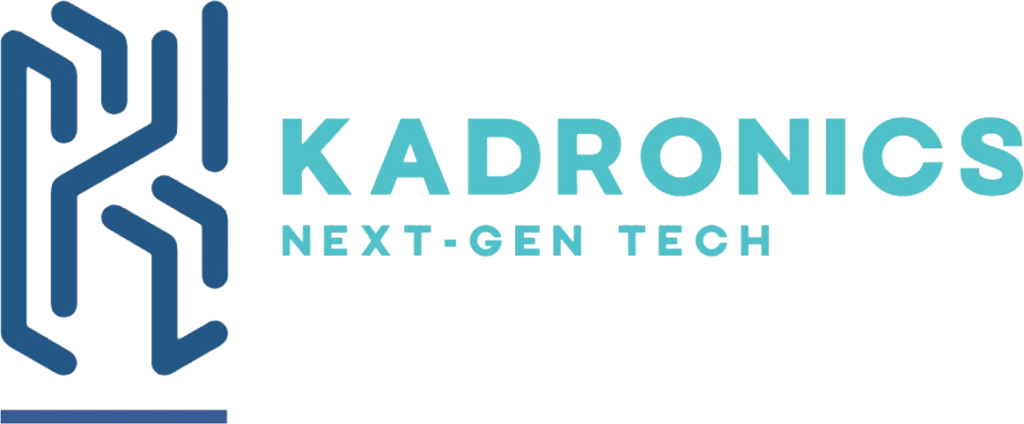In today’s fast-paced manufacturing landscape, reliability and speed are everything. Industrial automation projects depend heavily on programmable logic controllers (PLCs), but testing these systems in a live production environment can be expensive, risky, and time-consuming. That’s where a PLC system emulator comes in.
By simulating real-world PLC behavior, an emulator allows engineers and technicians to test, troubleshoot, and optimize automation systems without disrupting production. But how do you know which PLC emulator is right for your needs? Let’s break it down.
What Is a PLC System Emulator?
A PLC system emulator is a software or hardware-based tool that mimics the behavior of a real programmable logic controller. It allows developers to test automation code, logic sequences, and communication protocols in a controlled environment before deployment.
This reduces the need for constant trial-and-error on physical hardware and minimizes costly downtime.
Why Emulation Is Critical in Industrial Automation
-
- Cost Savings – Instead of investing in multiple test rigs, engineers can test programs virtually.
-
- Risk Reduction – Bugs are identified early, preventing failures on live production lines.
-
- Faster Development – Teams can work in parallel, with software being tested before the final hardware arrives.
-
- Training Tool – New staff can practice in a safe, simulated environment without risking damage to real equipment.
Key Features to Look for in a PLC Emulator
Not all emulators are created equal. Here are the most important features US manufacturers and integrators should consider:
1. Compatibility with Different PLC Brands
Look for emulators that support widely used platforms like Siemens, Allen-Bradley (Rockwell Automation), and Mitsubishi. Cross-brand compatibility ensures flexibility across projects.
2. Accuracy & Real-Time Performance
A good emulator should replicate real PLC timing and responses as closely as possible. Latency or inaccurate simulation can cause major issues once the code is deployed.
3. Ease of Integration
The emulator should integrate seamlessly with existing design tools, HMI software, and industrial networks such as Modbus or Ethernet/IP.
4. Scalability
If your projects range from small prototypes to large-scale automation systems, choose an emulator that can scale with your needs.
Common Use Cases in US and Canada Manufacturing
PLC system emulators are widely used in:
-
- Automotive industry – Testing ECU communication and assembly line automation.
-
- Food and beverage plants – Ensuring consistency in packaging, bottling, and quality control systems.
-
- Pharmaceuticals – Validating strict regulatory compliance without halting production.
-
- Utilities and energy – Training staff and testing safety-critical automation logic.
Cost Considerations and ROI
The cost of a PLC system emulator varies depending on brand support, licensing model, and integration features. However, the ROI is often significant:
-
- Fewer on-site failures
-
- Reduced downtime
-
- Lower training costs
-
- Faster time-to-market for new products
For US companies facing competitive pressure, the upfront cost of an emulator often pays for itself after just a few successful projects.
Final Checklist Before Buying
Before selecting a PLC emulator, ask yourself:
-
- Does it support the PLC brands I use most often?
-
- Can it integrate with my HMI, SCADA, and industrial networks?
-
- Does it provide real-time, accurate simulation?
-
- Is it scalable for both small and large projects?
-
- Does the vendor provide support and training?
By answering these questions, you’ll ensure you choose an emulator that fits your current needs while supporting your long-term automation strategy.
 Key Takeaway
Key Takeaway
A PLC system emulator isn’t just a convenience—it’s a critical tool for modern industrial automation. By choosing the right solution, manufacturers can save money, reduce risks, and accelerate innovation in a highly competitive market.




